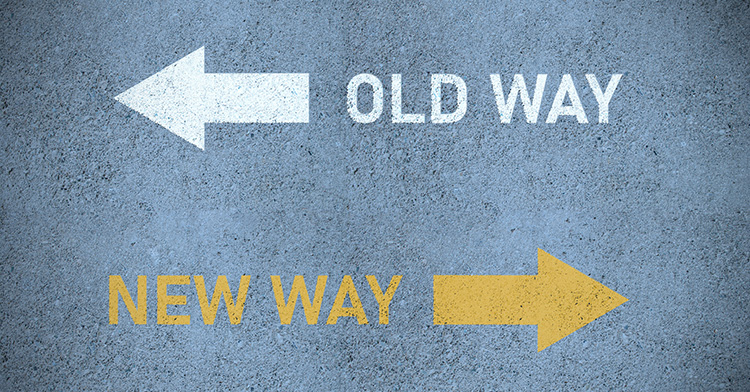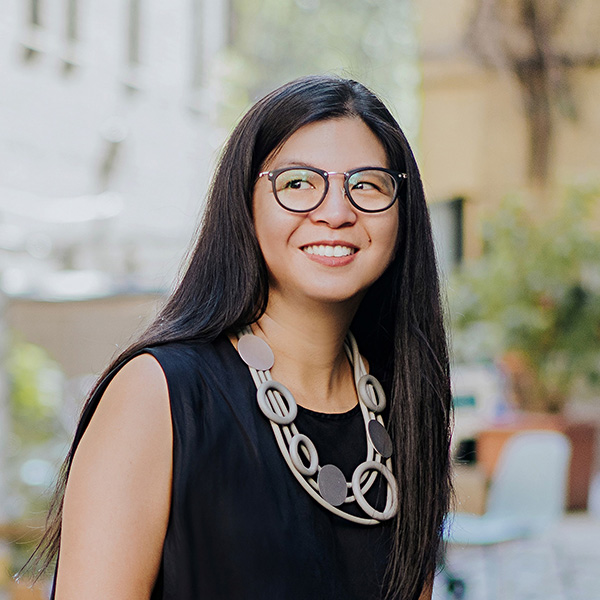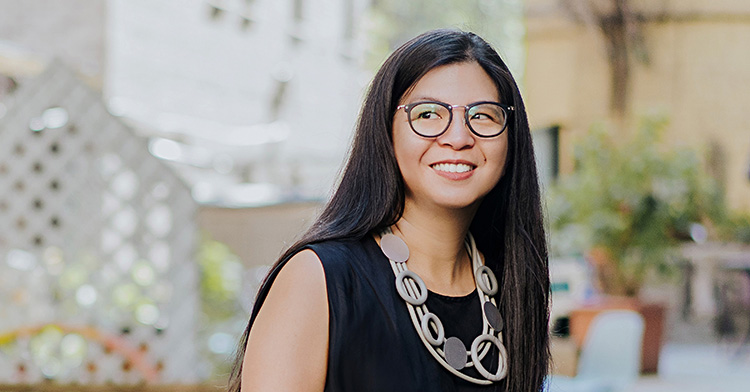The Boston Foundation, which is celebrating its 100th anniversary this year, is one of the oldest and largest community foundations in America.
It has long been a major philanthropy, but about 15 years ago, the foundation took on another important role: civic leader.
 Under the leadership of President Paul S. Grogan, the foundation has conducted and shared research into critical issues facing greater Boston, and has used that data to help shape a common agenda.
Under the leadership of President Paul S. Grogan, the foundation has conducted and shared research into critical issues facing greater Boston, and has used that data to help shape a common agenda.
“The foundation is a kind of neutral meeting ground where very wealthy people feel very comfortable, but also people from the low-income neighborhoods and minorities feel very comfortable,” he said. “It’s really believing in the wisdom of communities, and ordinary people, and trying to make sure they are involved in the process.”
Grogan spoke with Faith & Leadership while at Duke University to give a lecture for the Foundation Impact Research Group. The following is an edited transcript.
Q: How do you move forward in your mission to build and sustain a vital, prosperous city and region? This is a very big project to get a grip on.
We don’t pretend that we can do these big things by ourselves. There’s tremendous collaboration in Boston among foundations, and also in terms of interaction between foundations, and state and local government.
The other thing, I think, that’s important is that we are a place-based institution. We’re focused on the health and vitality of greater Boston, yes -- but its people and place.
We have to focus on the attributes of the place. But people need to have opportunity as well. And so we also focus on helping to produce upward mobility and economic opportunity for those that haven’t had it.
Q: Talk a little about your organization’s function as a “civic hub and center of information.”
Traditionally, the Boston Foundation was a steward of philanthropy and a grant maker. And we continue to do those two things. About 15 years ago, we added a third major role for the foundation at the instigation of our board of directors.
They really felt that the Boston Foundation, in addition to making good grants and being helpful, could be influential by doing other things like commissioning significant research and making sure that the public focused on what that research was saying.
It was really this third function of research, civic activity and public policy that we’ve come to call “civic leadership.” We’ve been doing those other two things for 100 years. We’ve only been doing the civic leadership for 14 or 15 years. But it’s had quite an impact.
Q: Why was that necessary? One might expect that government would be doing that, or the business community, or even the church. What need did you see?
The perception was that independent community and civic leadership was in decline in Boston.
In the business community, there have been widespread mergers and acquisitions that reduced the number of headquarters of companies that were there, and reduced the number of business leaders who were involved and engaged.
Of course, the Catholic Church’s influence in civic leadership has declined precipitously for all the reasons we know -- very sad.
And we have a strong-mayor form of government, and traditionally very strong occupants, but it’s good to have a balance. The government can’t do it all, and in fact, government is improved by the involvement of independent community and civic leaders.
So I don’t think the board, when they mandated this change in strategy, felt that the Boston Foundation could substitute for all those things.
But we could be part of an answer, part of a more robust response to what they thought is almost a kind of drift. There were some things going very well in Boston, but there wasn’t that kind of discussion going on, civically, about what we need to do in the future. They wanted to see the foundation play a role in starting to get that to happen.
Q: It was interesting to me to see, throughout your materials, that it seems you are trying to have a give-and-take with the community. Why do you think that’s important, and how do you implement it?
It’s really believing in the wisdom of communities, and ordinary people, and trying to make sure they are involved in the process.
The foundation is a kind of neutral meeting ground where very wealthy people feel very comfortable, but also people from the low-income neighborhoods and minorities feel very comfortable.
I think it’s important also for our legitimacy that lots and lots of people feel a connection with the foundation, so they’re not questioning whether it’s our right to do this or that, or, “Aren’t you overstepping your bounds?”
We don’t get that very much, because there is this ethic of involving a lot of people in what we do.
Q: How do you make sure that you have a diversity of involvement?
You have to be committed to it and committed to a very aggressive effort to build and maintain relationships that cross a lot of boundaries.
We have quite a diverse board of directors, and this is an issue of real concern for them. And they really govern the institution -- they have a lot of power.
We have a very diverse staff. More than 40 percent of our total staff are minorities, including many in positions of authority and leadership.
I think people are acutely aware of the dramatic demographic changes that are occurring in our city. The white population is diminishing as a percentage of the whole. The minority population is growing. So Boston proper is a minority-majority city at this point, just barely, but a minority-majority city.
Q: What are some examples of community projects that have flourished with startup funding?
One of the things that’s strong in Boston now is neighborhood health centers. We have more than 20 of them, and we’ve really been a leader in that field. Most of the health centers got their startup capital from the Boston Foundation, and they’re providing the direct care in the neediest communities. The impact of that has been enormous.
We helped start an organization called Save the Harbor / Save the Bay, which succeeded in getting Boston Harbor cleaned up. It was a stupendous accomplishment, a $4.5 billion investment, which has unleashed this incredible waterfront development that is one of the big drivers of Boston’s success.
The foundation was instrumental in starting a lot of what we think of as the safety-net institutions. For instance, we provided the startup capital for what’s now called the Greater Boston Food Bank. It’s just incredible the amount of food that they’re making available to the needy.
Cultural institutions like the Boston Children’s Chorus -- we now have one of the top youth choruses in the United States, and we were inspired to do this by learning what was going on in Chicago. They’ve performed all over the country, heavily minority and low-income participation, and what these kids go on to do is amazing.
Q: Shifting to the Boston Indicators Project, why is research and data so important?
We believe it is very powerful, and efficacious, to keep critical data in public view -- not only to have the data, but to present it powerfully at certain intervals.
This is a way to build the literacy -- at least of the leadership of the community -- about the major trends that are underway, and major problems and challenges that are appearing.
We’ve become an institution that is much more responsive to data, and I think it’s been a good thing.
One of the things that I think we’ve been able to do was bring a public-affairs capacity to this research so that it doesn’t just go on a shelf.
There are forums. We cultivate the press so that they’re focused on it. We’re very active in getting these issues paid attention to. You don’t just do a report and hope for the best. We’ve got a game plan to try to use it to stir an interest and, perhaps, get a result. And in a surprisingly large number of cases, we’ve gotten a big result.
Q: Were there any surprises or revelations?
We’ve been out ahead of things a number of times. The Indicators Project spotlighted some years ago that the middle class isn’t going to be able to stay in the city, because of the housing expenses and cost of living generally.
You can see the city moving toward what you could call a barbell shape, where you’ve got people at the top who can afford it, people at the bottom in public housing or having subsidies that enable them to stay, but people in the middle are just not being able to afford this city anymore.
That is a huge issue now, and everybody understands it’s a big, big problem. It’s a top priority of our mayors.
Q: And do you think that having data through the Indicators Project helps get buy-in for a shared civic agenda?
It can help people see the severity of a problem. For instance, one of our big accomplishments was a legislation that reformed municipal health care plans in Massachusetts, whose costs years ago were running completely out of control.
They were really devouring city budgets, so that they’d have to lay off police and firefighters to pay the health premiums for the remaining employees.
But it was a very difficult issue to deal with, because the public employee unions were very happy with the situation where they were negotiating individual plans with cities. But it was unsustainable.
And we were able to show in a great piece of research that this problem was so bad that a whole bunch of new money that the legislature had appropriated for education in the previous 10 years had been completely consumed, and then some, by rising health care premiums.
There had been no impact on the kids whatsoever from a very large amount of additional education money. So it not only just showed the problem, but it showed consequences.
And we were told later by the legislative leaders that that report, despite the politics -- which was all against doing anything about this -- that report sealed it. That was it.
So we’ve seen situations like that where a great piece of research that really sheds light on something like that can have surprising impact.
Q: Did your religious life or upbringing have an impact on the work that you do?
I was brought up in a family of service, of people who engaged in service. Unfortunately, they’re all gone now, but three of my uncles were Protestant ministers, and very, very serious people, and very committed to their work, and just remarkable people.
My own father was a lifelong public educator. And so the Judeo-Christian values of service and concern for one’s fellow man, and wanting to do something to make the world a better place, very much came out of that family, and my observations of what they were doing.
I had no idea how my career would unfold, but the idea of service as a bedrock, fundamental thing really came from the values that in turn came from the faith.








